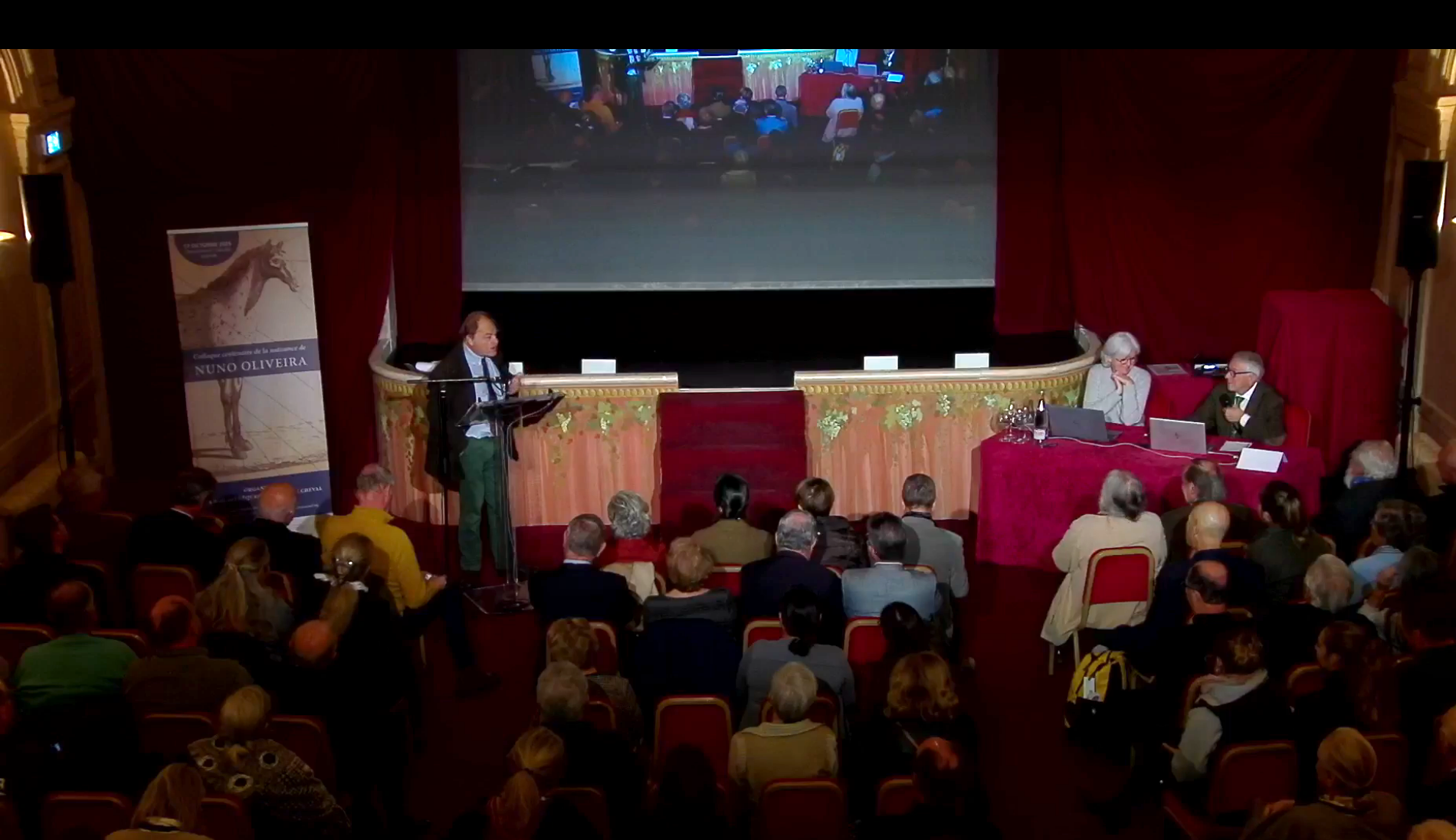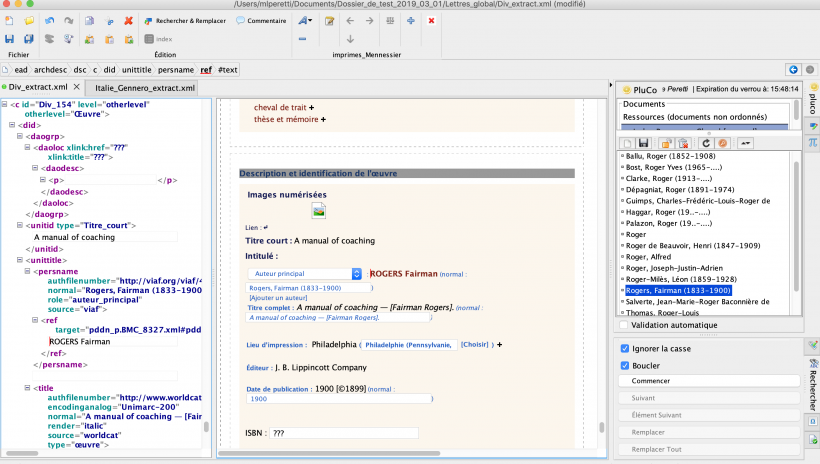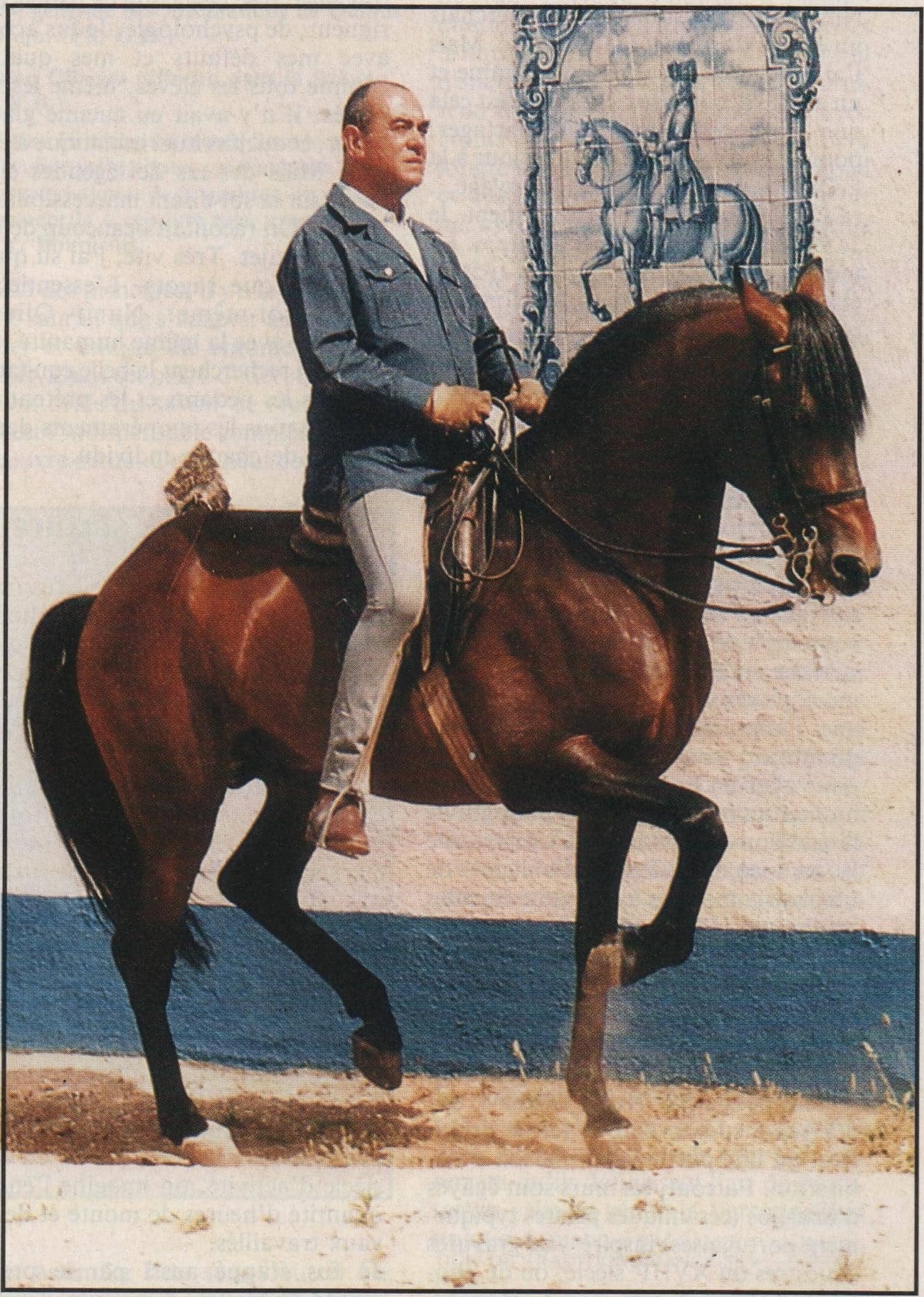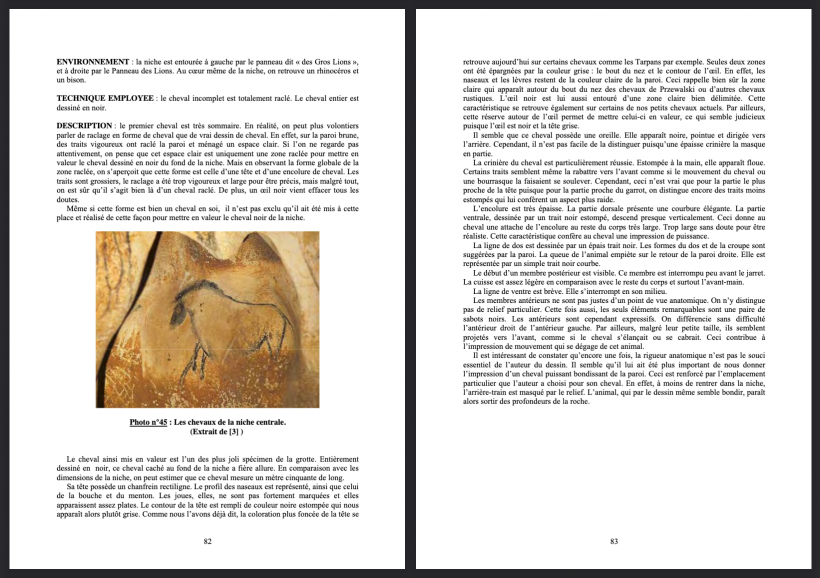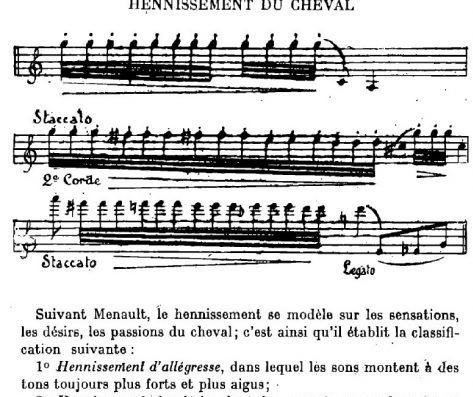
Screams and neighs
In the cinema, as soon as a horse enters the scene, its appearance is usually accompanied by a stereotypical neigh. However, as a prey animal, it does not neigh as much as the cinema would have us believe. If we humans have developed a communication made up of 80% verbal elements and 20% gestures, the opposite happens with the horse.
Current studies on their behavior reveal an important cognitive system that enhances the other senses, including sight, smell, touch or hearing acuity. They have a range of sounds that can indicate joy, desire, or anxiety. Buffon established a classification of neighs in five categories, which has been frequently taken up in later works. More recently, neuroscientist Michel-Antoine Leblanc distinguished between four types of vocalizations emitted through the larynx and three types of inspired or exhaled breaths.
Among all the existing studies, Louis Baillet’s remains the most original. In his Voix des animaux (Bordeaux, 1915), he proposes a musical setting of the neighing of Professor Colin d’Alfort.
Know more:

